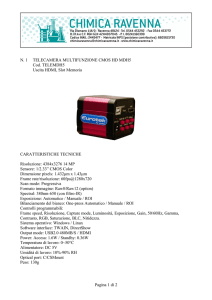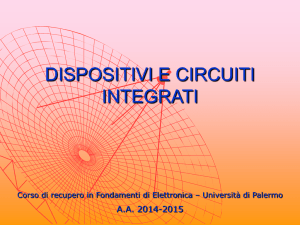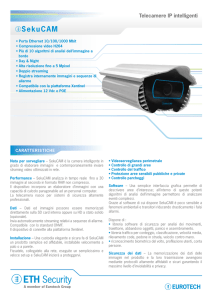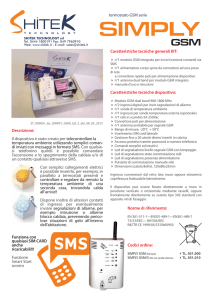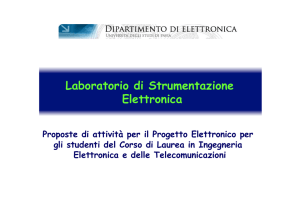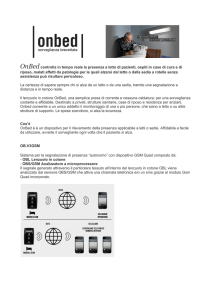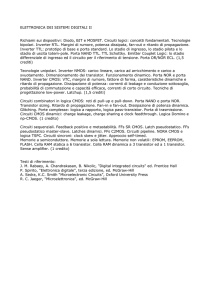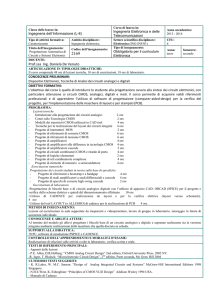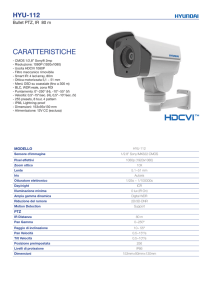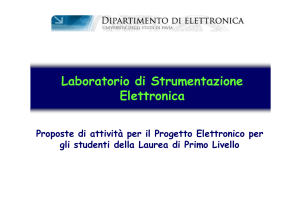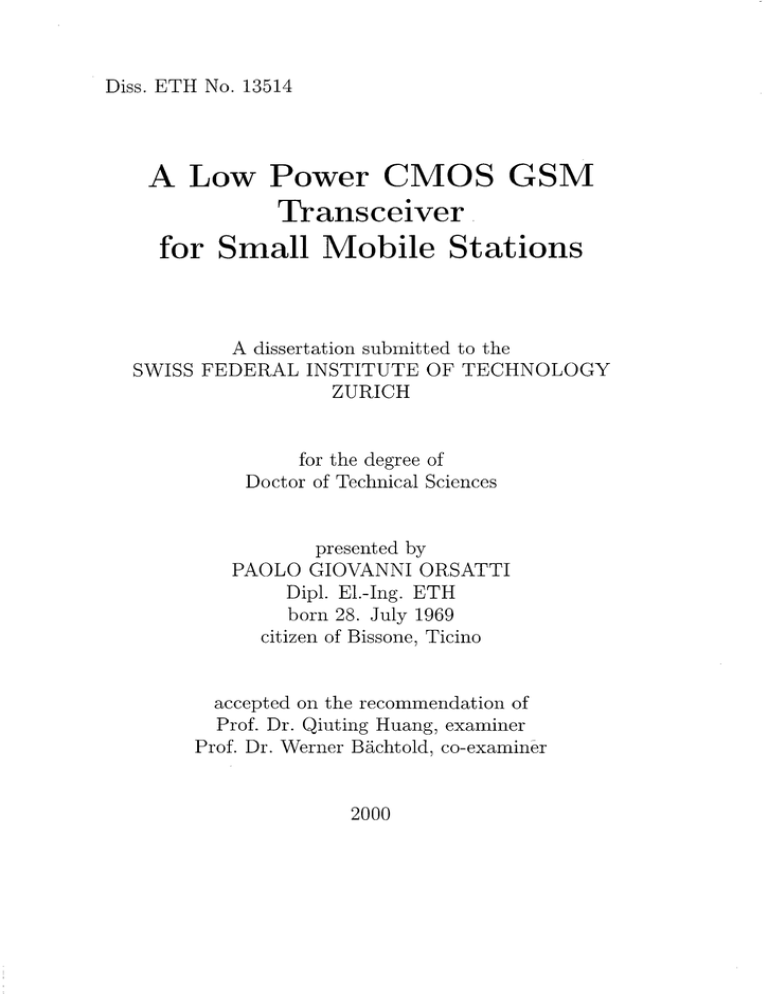
Diss. ETH No. 13514
A Low Power CMOS GSM
Transceiver
for Small Mobile Stations
A dissertation submitted to the
SWISS FEDERAL INSTITUTE OF TECHNOLOGY
ZÜRICH
for the degree of
Doctor of Technical Sciences
presented by
PAOLO GIOVANNI ORSATTI
Dipl. El.-Ing. ETH
born 28. July 1969
Citizen of Bissone, Ticino
accepted on the recommendation of
Prof. Dr. Qiuting Huang, examiner
Prof. Dr. Werner Bächtold, co-examiner
2000
Abstract
litis work describes the design, implementation and experimental
ccharacterizationof a GSM transceiver TC in 0.25//m CMOS. In addi¬
tion to obtaining GSM type approval. our main objectives centered
on achieving robustness, low power consumption and minimizing the
number of external components used in the chosen architecture. The
resulting prototype is intended as the basis for a mass production im¬
plementation.
planning the system were the
GSM type ap¬
proval requirements, the characteristics of the available external parts
(fiiters, power amplifier. baseband processor. ...) and the characteris¬
tics of the CMOS process. Thanks to the carefully chosen architecture
and optimized transceiver planning, good trade-offs have been reached
for the individual circuit blocks in terms of required performance and
power consumption. The super-hetcrodvnereeeiver, with a single IF at
71MHz, has an overall worst case NF of 8,'ldB with the effect of all fii¬
ters included. The reeeiver consumes only 1.9.5mA while achieving the
required blocking and intermoclulation performance. The direct con¬
version transmitter provicles a 2mW signal to the power amplifier with
low levels of spurious emissions. The transmittedGMSK signal has an
RMS average phase error < 2" ancl the overall current consumption of
the transmitter is 57mA.
Points of reference for
Althoughbipolar technologies still dominate the sphere of RF inte¬
grated cireuits, this work clenionstrates that a low power CMOS imple¬
feasible and competitive alternative to the commercial
bipolar Solutions that are eurrcntlv available. A CMOS transceiver may
be favored not only because of the lower costs of the technology, but
also because it opens the way to successfully realize a complete system
mentation is
on a
a
chip.
ix
Riassunto
Questo lavoro dcscrive la progettazione, la realizzazionc c la carattcrizzazione di im chip ricetiasmittcnte per GSM implementato in tecnologia CMOS 0.25/_m. Oltre a soddisfare i requisiti d'omologazioneper
GSM, gli obiettivi sono stati la robustczzadel sistema, il basso consumo
componenti esterni considerando l'architettura utilizzata. Questo profotipo puö servire come
base per lo sviluppo di una produzione di massa.
di
potenza e la minimizzazione del
numero
di
Punti di partenza per la progettazione clel sistema sono stati le speci¬
fiche per l'omologazione GSM, le caratteristiche dei componenti esterni
a disposizione (filtri, amplrficatore di potenza. processore bancla base,
...) e le caratteristiche della teenologia CMOS a disposizione. Grazie
all'aecurat a scelta delParchitettura c alla progettazione ottimizzata della
ricetrasmittente,sono stati trovati dei buoni compromessiper i cireuiti
singoli sia in termini di prestazioni richieste che di consumo di potenza.
II ricevitore supercteroclina, con una singola media frequenza a 71MHz,
ha una figura di rumore, includendo tutti i filtri. che nei caso peggiore
e di S.fdB. II ricevitore consuma 19.5mA rispettando le specifiche di
blocking e di iiitermodulazione. II trasmettitore direct conversion for¬
nisce 2mW di segnale all'amplmcatoredi potenza aggiungenclo un livello
molto basso di spurie. II segnale GMSK trasmesso ha un errore RMS
meclio di fase < 2°, mentre il consumo totale di corrente e di 57mA.
Nonostante le
cireuiti
teenologie bipolari continuino a dominareil monclo dei
int.eg.ra.ti RF. questo
lavoro climostra che una soluzione a bassa
potenza CMOS non solo e fattibile, ma risulta anche essere competitiva con le soluzioni bipolari in commeicio. Un chip ricetransmittente
CMOS puö essere vant.aggi.oso non solo per il risparmio clovuto all'uso
di una teenologia piü economica. ma anche poiehe apre la strada alla
realizzazionedel sistema completo su im solo chip.
xi

